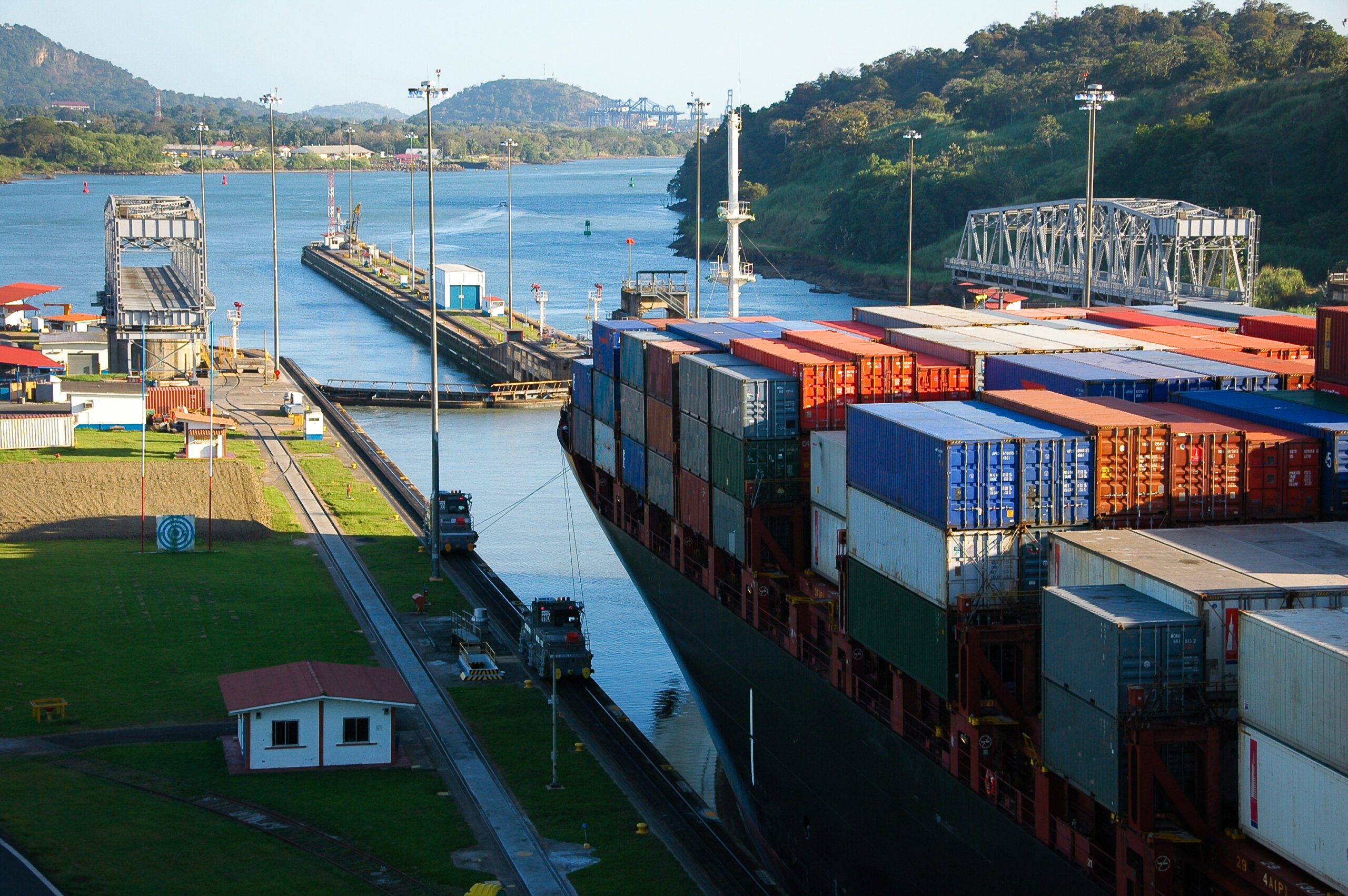The Panama Canal, a pivotal conduit for global trade, is facing unprecedented challenges as it contends with the most severe drought in over half a century. The resulting restrictions imposed by the Panama Canal Authority (PCA) have sparked a wave of strategic adaptations and vessel diversions, reshaping the dynamics of significant trade routes.
Mitigating Load Restrictions:
Ekin Ozuygur, a maritime analyst at eeSea, underscores the growing congestion and its connection to carrier attempts to navigate the PCA’s load restrictions. A notable approach involves vessels offloading excess cargo in surrounding ports such as Balboa, Cristobal, or Manzanillo before embarking on the Panama Canal transit, reloading after passage with cargo moved overland by rail. This strategic maneuver allows carriers to circumvent load restrictions, presenting a pragmatic solution to the operational challenges posed by the canal’s limitations.
A Shift to Suez Transits:
In response to the escalating challenges at the Panama Canal, carriers are increasingly considering Suez transits as a viable alternative. Hapag-Lloyd CEO Rolf Habben-Jansen anticipates a rising trend of vessels plying the Asia-North America east coast trade opting for Suez transits on their return journeys to Asia. The eeSea data supports this trend, revealing a consistent pattern of vessels, particularly in services like Ocean Alliance’s AWE5, choosing to skip the Panama Canal entirely in favor of the longer Suez route.
Observations and Trends:
Ekin Ozuygur highlights specific services, such as Ocean Alliance’s AWE5, where twenty-one vessels have bypassed the Panama Canal since May, with the latest being the Ever Frank on November 20th. The AWE8 service also witnessed diversions to Suez, reflecting a broader industry trend. Notably, vessels on The Alliance’s EC1 service are potentially diverting to the Suez due to recent congestion, emphasizing maritime operations’ dynamic and evolving nature.
As the maritime industry navigates the complex challenges posed by the Panama Canal’s load restrictions, carriers are strategically adapting to ensure the fluidity of global supply chains. The surge in diversions and increased fees and delays underscores the need for a strong logistics partner. If you want to stay ahead of the drought in the Panama Canal, contact your Coppersmith representative today.
